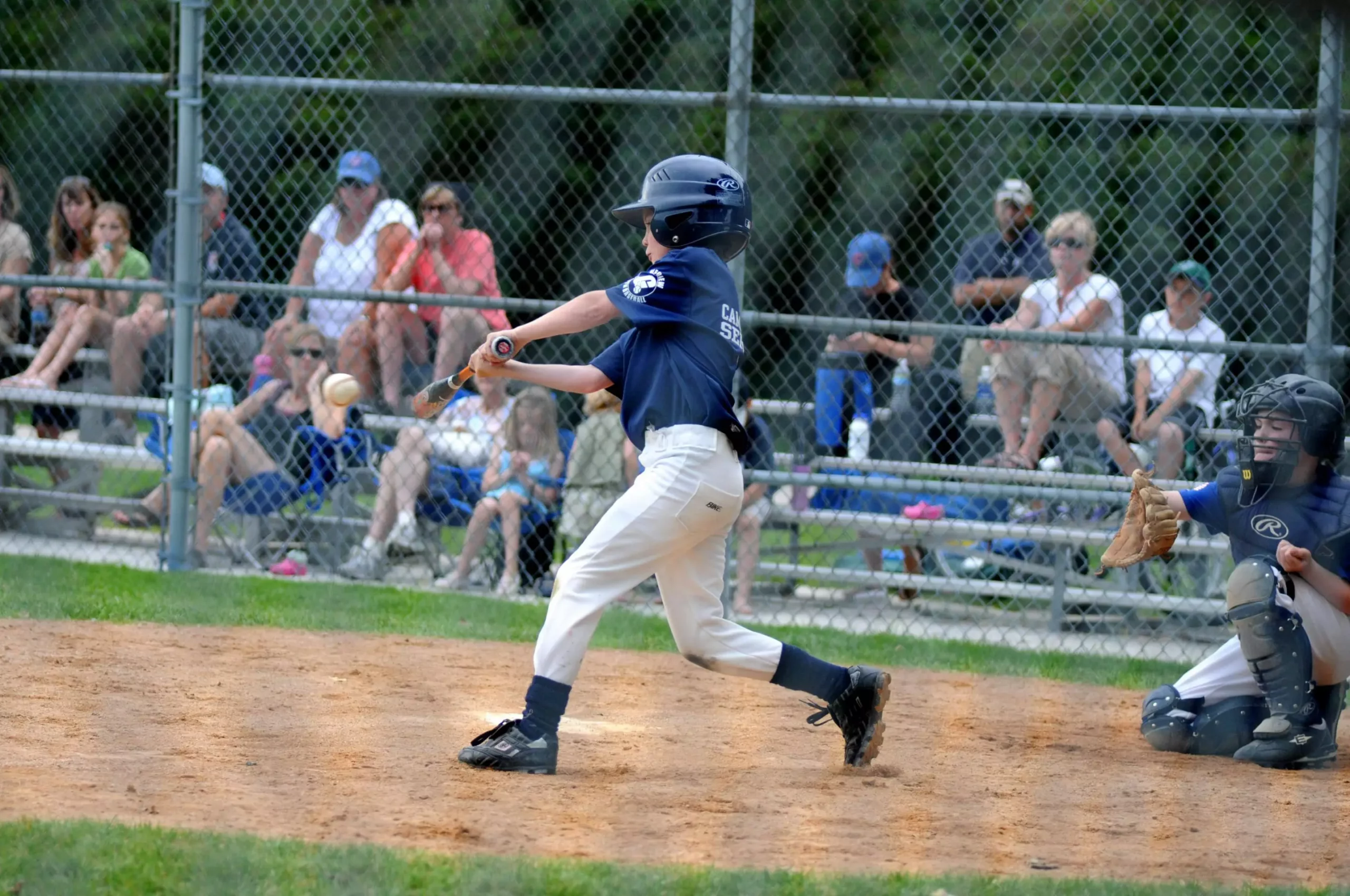Youth baseball has long been a fundamental part of childhood in America, but the discussion around the equipment used—particularly the bats—has generated considerable debate among coaches, parents, and players. The advent of metal bats, designed to mimic the performance of wood, has shifted the focus from traditional wooden bats’ genuine skill-testing nature to a more forgiving and performance-enhancing alternative. Recent research highlighting the intricacies of this performance edge illustrates the importance of understanding these tools in nurturing young athletes.
The significance of bat performance in youth baseball cannot be overstated. When young players make contact with the ball, the location of the hit in relation to the bat’s “sweet spot” is crucial. A study conducted by Washington State University revealed that the exit speed, which is the velocity at which the ball leaves the bat after contact, was an average of 5% higher when struck with metal bats compared to wooden ones. This represents a significant difference, particularly for young players still honing their timing and swing.
Wooden bats operate under different principles; every encounter with the ball is critical, as not connecting on the sweet spot often leads to reduced exit speeds. Conversely, metal bats tend to reduce the impact of off-center hits. This disparity can be attributed to the inherent design of metal bats, which allows for greater flexibility and resilience, offering young hitters a reprieve as they continue to develop their skills on the field.
With the competitive nature of youth baseball constantly evolving, organizations like USA Baseball have placed importance on setting standardized performance parameters for metal bats. Implementing a new bat standard that promotes performance akin to wooden bats is an effort to level the playing field while maintaining the developmental aspect of the sport. The recent study informs that even when the new USA Baseball standard bats are employed, the exit speeds still trend higher than those achieved with wooden counterparts.
However, a critical point noted by Lloyd Smith, the director of WSU’s Sports Science Laboratory, is the necessity of evaluating performance under conditions simulations matched only by real game experiences. The focus on developing safer equipment reflects a broader trend in youth athletics to prioritize player safety while not compromising the spirit of competition.
Access to high-performing metal bats might result in higher batting averages, which inherently boosts a player’s confidence. This can foster excitement and enthusiasm for the game, keeping young athletes engaged. Smith emphasizes this point, suggesting that using lighter bats helps improve contact rates. Lighter bats ease the swing, making it easier for youngsters to connect and improve their overall gameplay experience.
However, it’s vital to strike an equilibrium between excitement and realistic skill development. As players adapt to these advantages, there is a risk of them becoming reliant on the equipment rather than focusing on developing their own abilities. Cultivating a mindset that emphasizes personal growth and skill enhancement alongside bat performance can ultimately lead to more well-rounded athletes.
Ultimately, while the choice of bat can positively influence a young player’s performance, Smith insists that personal effort in developing batting skills and physical fitness bears even greater importance. The emphasis should be on training, agility, strength, and refined technique, creating a robust foundation for future success in baseball or any sport.
Encouraging young players to work on their fitness and mechanics rather than solely focusing on the performance advantages offered by equipment should be a top priority for coaches and parents alike. With proper guidance, young athletes can grow into more capable players, capitalizing on their potential during formative years when growth can lead to longer-term success in sports.
While metal bats may provide a competitive edge in youth baseball, nurturing a holistic approach to player development that emphasizes personal growth, skill acquisition, and effective practice techniques will serve young athletes best in their pursuit of excellence in the game.


Leave a Reply